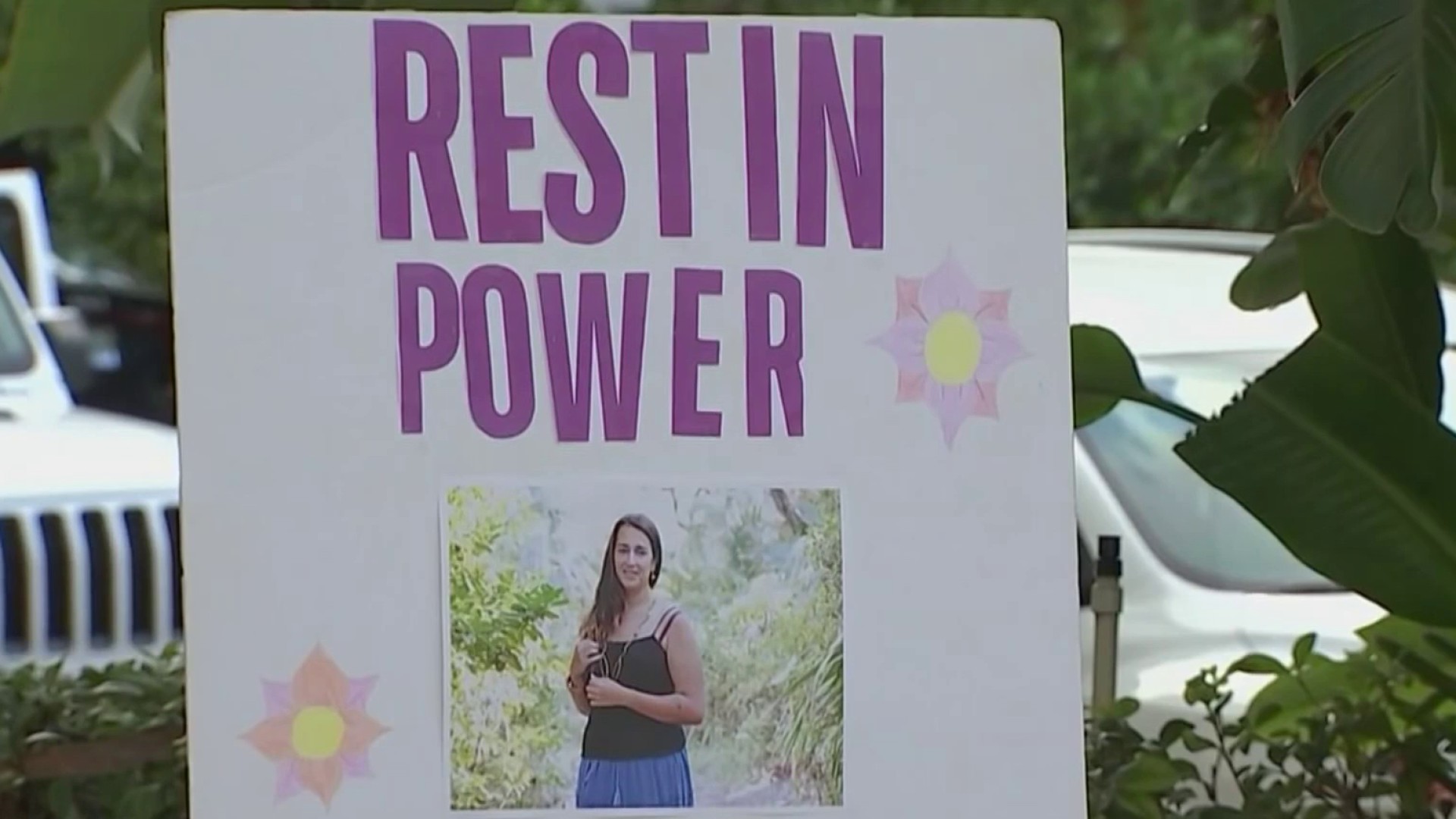When she was 17, Mary Barzee Flores was a pizza shop worker with a boss from hell.
Not working was not an option. Her father had died, leaving her mother with three children, no life insurance and not much in material wealth.
“Times were tough, so I started washing dishes at a pizza restaurant,” where she worked while attending Coral Gables High, she said.
Things got tougher, though, when she uncovered financial discrepancies that resulted in the firing of the boss’ wife.
“It did not go very well,” she recalled. “He was angry.”
So angry one day he backed her into a walk-in cooler and told her if she was going to take his wife’s place at work, she would do what his wife did for him elsewhere.
“He approached me closer and closer and groped me in an angry, aggressive way,” she said. “And he made it perfectly clear what he meant.”
Local
Terrified, cornered in a cooler, “I kind of froze in that fear that no one would hear me scream. So I pushed him and I got past him and I got out of there.”
But she didn’t quit or report him to higher-ups.
“I did what a lot of people do under the circumstances. I needed the job,” she said. “You endure and you set up coping mechanisms and you do you best to protect yourself.”
It all happened in the late 1970s.
She went on to become a lawyer, an assistant federal public defender, a circuit judge and a nominee to the federal bench (blocked by US Sen. Marco Rubio). Now she is among several Democrats vying for a chance to replace retiring U.S. Rep. Iliana Ros Lehtinen.
Knowing what she knows now, Barzee Flores said she would have told the corporate office about the incident right away.
But it was the late 1970s, she was 17 and victims are often at first shocked into silence.
Especially vulnerable, said attorney Martin Leach, who specializes in discrimination case at the law firm Feiler and Leach: workers in the hospitality industry.
“Hospitality is where you see a lot of that type of conduct,” he said, “I think because people have to work in close quarters.”
He said hotels and restaurants have their own power dynamics to be exploited, citing for example a chef who’s pursuing an interested waitress.
“The leverage is, ‘Look, If I screw up your orders for your particular tables, you won’t get a good tip,” he said.
Other harassment is more direct, “verbal, some are just physical, so the permutations are endless. You kind of know it when you see it.”
In 1986, courts ruled a hostile work environment is a form of discrimination, and if it’s based on gender, it is sexual harassment.
Usually, an employer can be liable if it knew or should have known about the harassment, whether from a supervisor, co-worker or subordinate.
In the 1990s, courts ruled that if a supervisor is the perpetrator, a victim does not have to prove the employer knew about the harassment.
But there’s a catch: if the company has a proper anti-harassment policy, the burden is on the victim to report it, usually to the human resources officer.
He advises potential clients to review the employee handbook or company policies and follow them to the letter.
He also recommend writing everything down in great detail and retaining those records.
“Memories get fuzzy on both side, particularly on the employer side,” he said.
Damages for pain and suffering can be substantial, from $50,000 for smaller companies up to $300,000 for the biggest. Attorney’s fees are not paid by the person making the complaint.
As Barzee Flores reflects on what happened so many years ago, she’s encouraged by those reporting harassment in waves now.
“The more we talk about this out loud, the more other men and women hear these stories, the freer they will be and the more secure they will be in stepping up, standing up for themselves and reporting,” she said.



